Neolithic ditches
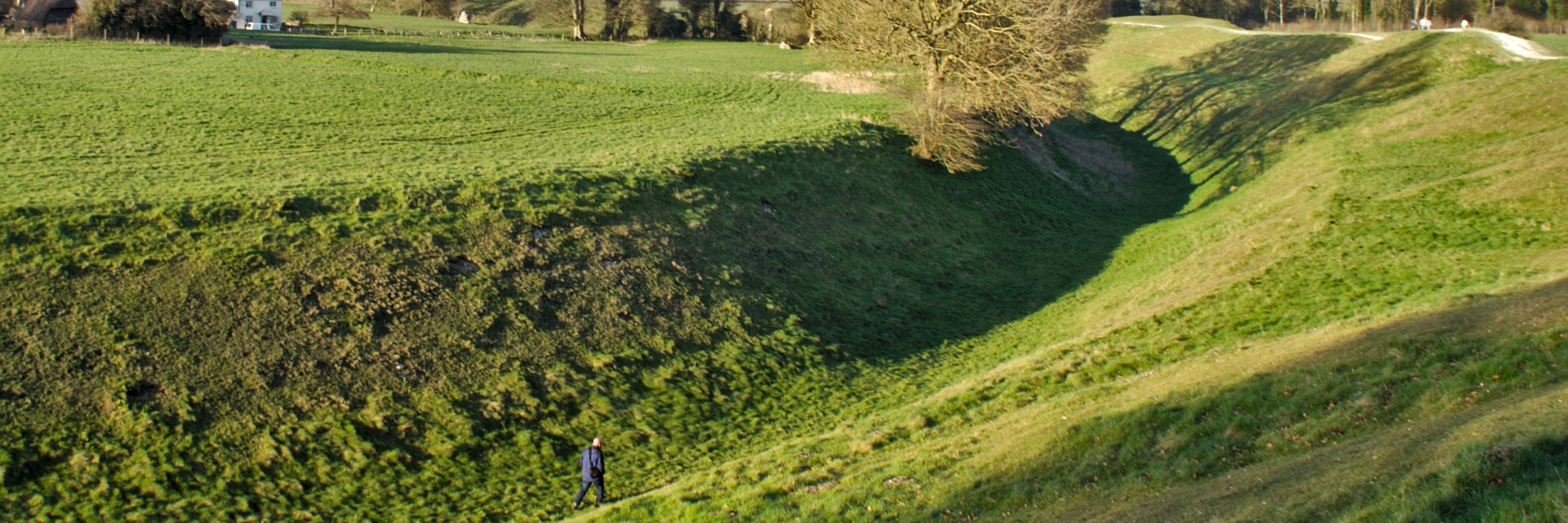
Ditches are longitudinal dug features. They were the most widespread way of enclosing a place during the Neolithic in Europe, although there is some discussion as to whether the ditches are buildings in themselves or just an inevitable by-product of extracting earth to build a bank. Regardless, Neolithic ditches are very often the only thing that remains of ancient enclosures, because the preservation of any above ground features, such as banks or palisades, is subject to more potentially destructive agents (e.g. erosion, post-abandonment human actions, etc.), and thereby less likely to survive until today.
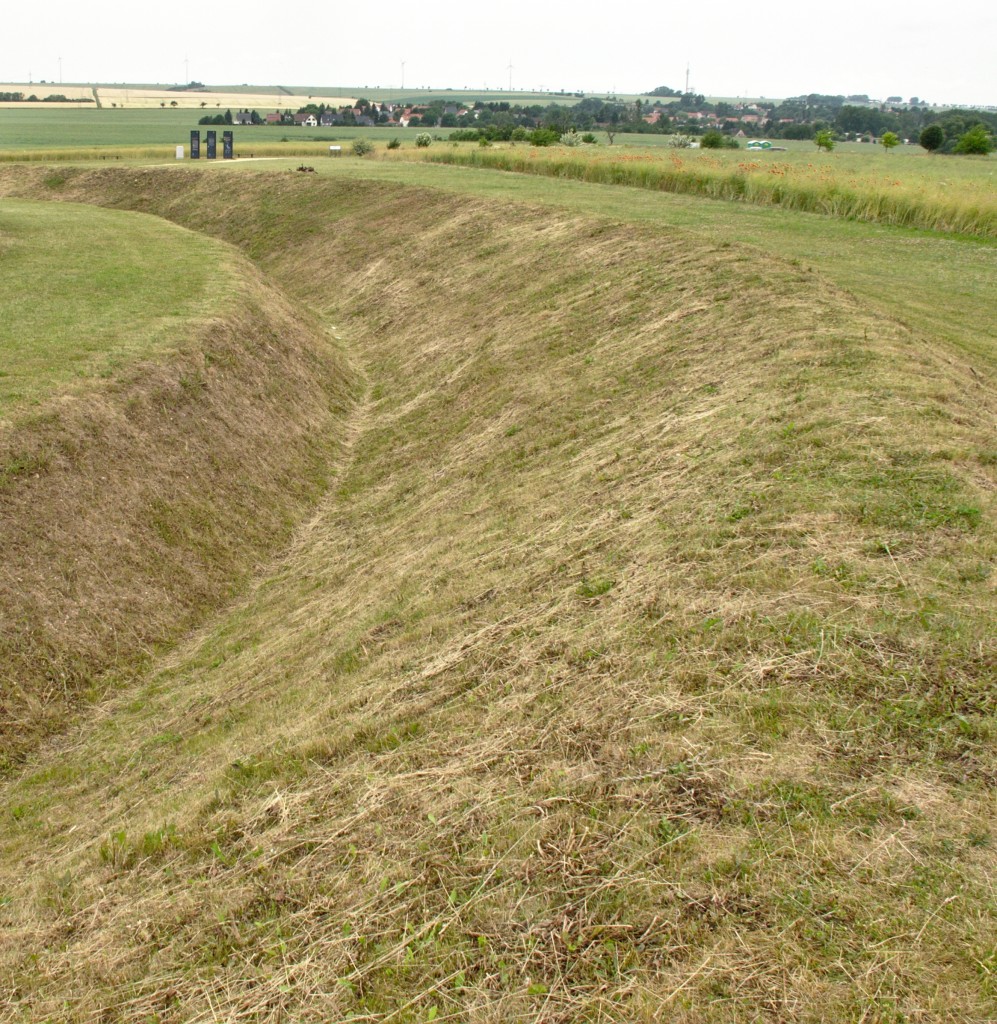
Neolithic ditches were excavated using the available tools at the time, that in many cases must have been picks made of antler (e.g. from deers).
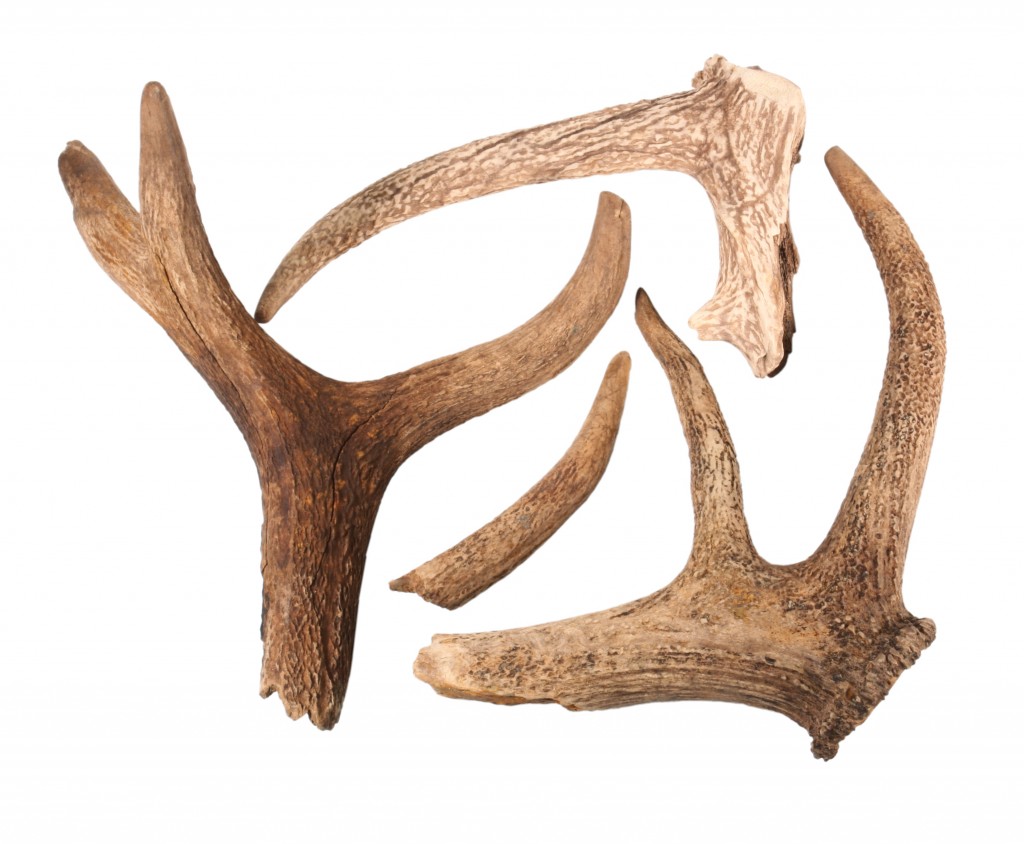
Neolithic ditches normally had a V or U-shaped profile, although other forms such as bowl-shaped are not uncommon.
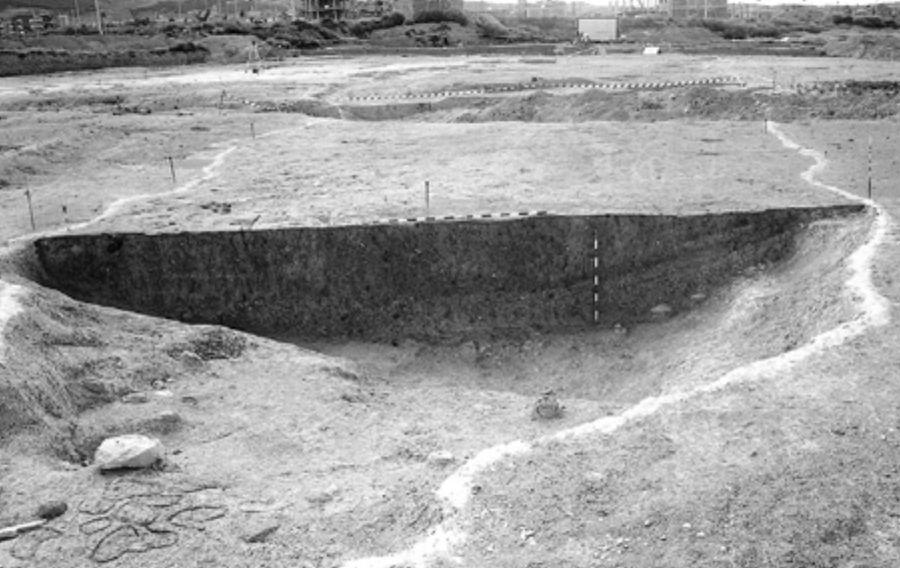
When archaeologists detect a ditch, they do not usually appear empty. Quite the contrary, they are filled with archaeological deposits that can be studied. A lot of information can be obtained from artefacts and ecofacts included in them and their spatial distribution. On occassions these contexts are virtually the only source of archaeological material we have at our disposal at these sites. When excavated, these deposits can be seen in the ditches’ profiles or sections.
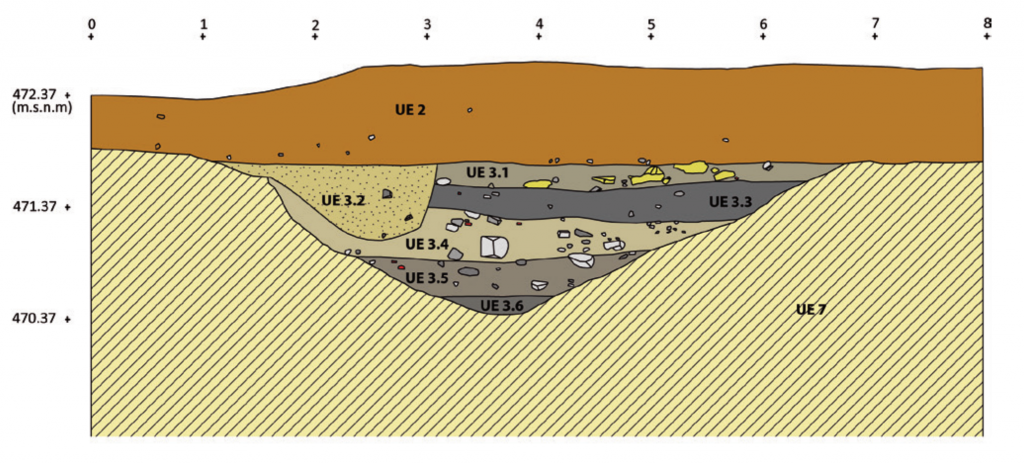
The composition of their fillings shows great diversity, but in general terms Neolithic ditches were filled with different combinations of soil, artefacts and ecofacts, either in one step or as a sequence of actions. Finds may include stones (often pebbles), potsherds, flint tools, flint knapping waste, quern stones, charcoal, ashes, seashells and small clay, stone or bone anthropomorphic figures. Most objects are broken; complete artefacts do exist but are rare. In addition to these, huge amounts of faunal remains and a significant number of human bones are frequent. The majority of animal remains are incomplete carcasses and body parts, but complete and fully articulated animal skeletons are not uncommon. As with animals, both complete human bodies (crouched or in foetal position) and isolated or piled up body parts (skulls, joints, individual bones) have been recorded. As a whole, some of these mixed deposits filling Neolithic ditches seem to be the outcome of natural processes of deposition, whereas other times items seem intentionally placed and arranged for unknown reasons.

An example: Neolithic/Copper Age ditches at Perdigões.
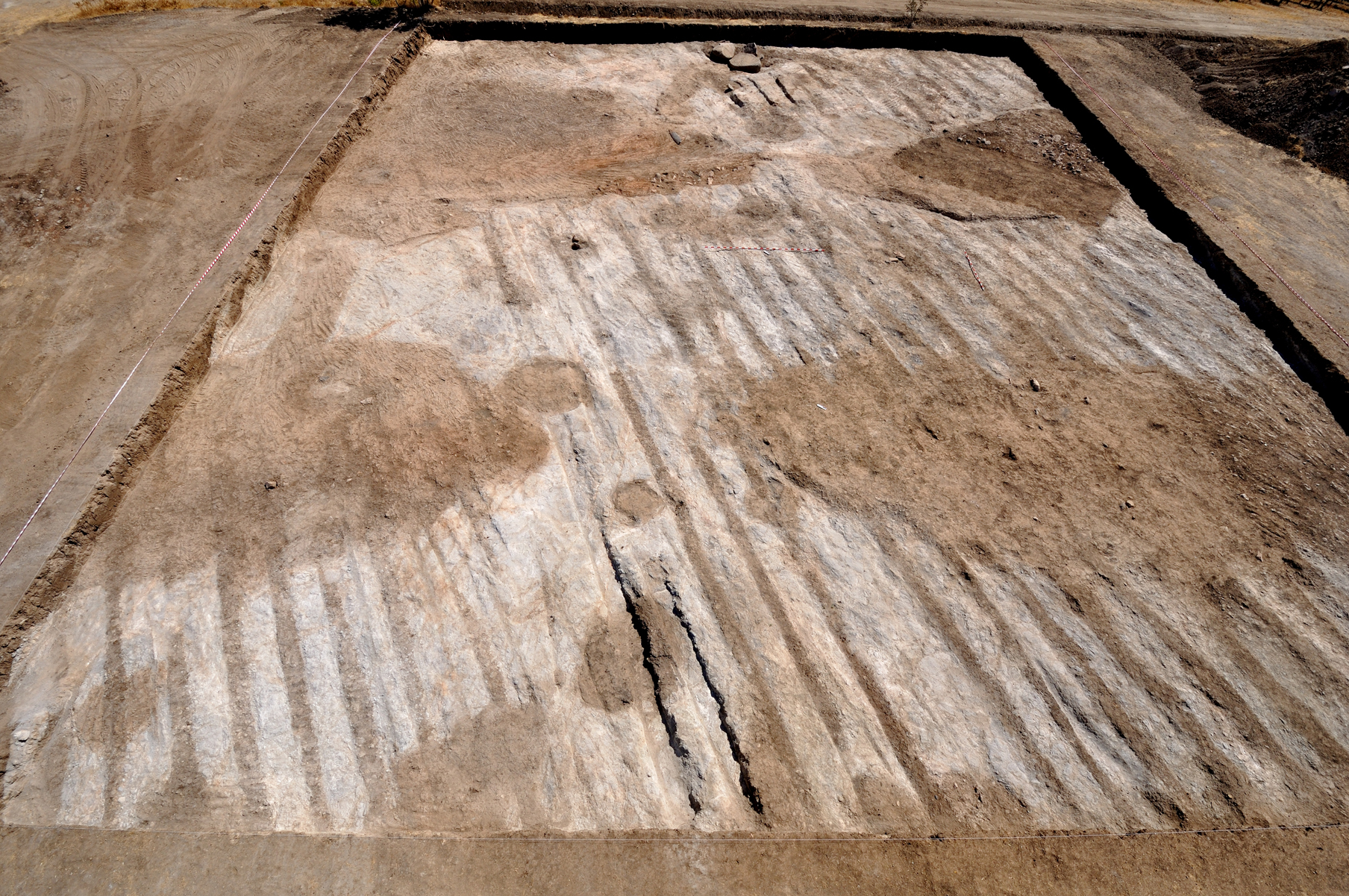
The Perdigões archaeological complex (Reguengos de Monsaraz, Portugal) is a prehistoric site near the Guadiana River, comprising at least 12 ditched enclosures, several hundred pits, an area with megalithic tombs and a set of standing stones (cromeleque). It is located in one of the richest archaeological landscapes of Iberia, with notable examples of Prehistoric monumental architecture such as menhirs and portal tombs (antas). A team from the University of Málaga (Spain) has been carrying out fieldwork in collaboration with the Portuguese entity ERA Arqueologia at the site since 2008. This includes geophysical (2008-2009) and micro-topographical (2011) surveys of the whole site, as well as both open-area excavations (2012-2013) and trenches (2009-2010, 2013-2015) in the area surrounding Entrance 1, as can be seen in the image above.
Next: banks